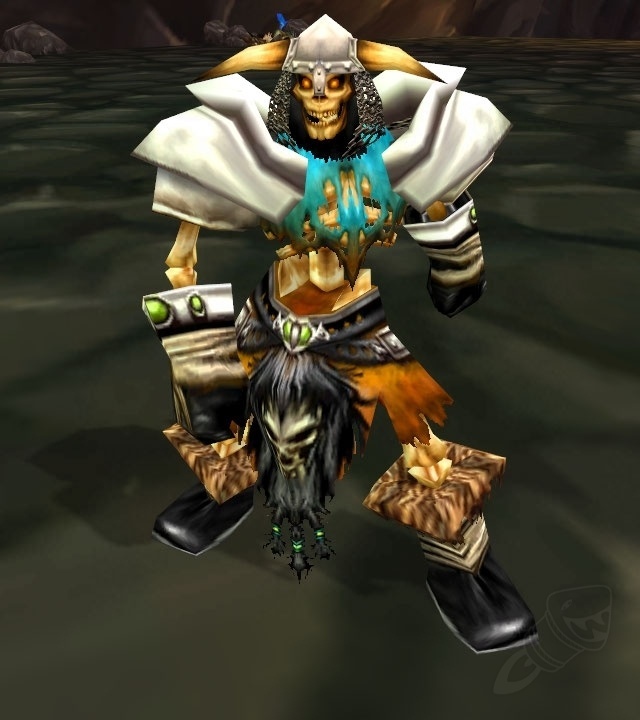
#Colormunki display vs smile software
Once the desired adjustment(s) are made, the device is profiled, which is where a colorimeter or spectrophotometer measures how the monitor actually outputs colors and brightnesses compared to specific inputs, and from those measurements creates a profile so that other software can display brightnesses and colors accurately / in a standard way (subject to the monitor's performance limits like gamut). Calibration involves, e.g., adjusting the brightness to some desired level, e.g., 100 cd/m^2. With a monitor, you first calibrate then profile. Normally a serious hobbyist calibrates and profiles a monitor, but only either profiles a printer or gets profiles made by others. Calibration adjusts a device to some particular performance profiling describes the way the device actually performs, at it is. Calibration and profiling are two separate things. That is not correct, as a matter of the proper terms pixelgenius's post ( ) explains this. But they have the advantage that they will do it for any printer/paper/ink combination, they aren't tied to one brand. These tend to be the most accurate of all because they use higher quality measuring tools but they cost a lot if you need several profiles. If like me you have 3 printers and use half a dozen different papers then it's worth having the print profile kit to keep everything consistent.įinally, there are commercial companies who will produce a bespoke print profile for you too. If you standardise on just a few paper types and a single ink type and printer then that's the easiest and cheapest route. Many high quality paper vendors like Fotospeed/Permajet etc will produce a bespoke profile for you for low cost, you just need to wait for a few days while you post a print to them and they email back a profile file. It should be close but it won't be perfect. Using the standard vendor print profiles is a bit like relying on the monitor manufacturers' factory sRGB calibration. So if you use 3rd party papers and inks it's safer to do your own printer profiling, but the kit is more expensive than for monitor work, although both Xrite and Datacolor do kits that cover both. You can buy/download icc printer profiles from the vendor's sites but they are often limited to higher end printers and assume vendors' inks etc. Monitor icc profiles won't work accurately with printers, they need to be done separately. You need an icc profile for every output device whether it be a monitor or printer (or projector or.). I use the XRite SW for printer profiling and SpectraView SW when profiling my NEC PA-series monitors. OP: I'd say look for one to appear at LensAuthority and just get it. It also came in a nice stout Pelican case that housed it when they shipped it out on a rental. If in doubt, why not rent and try (e.g., )?Ĭoincidentally i bought a used copy of the earlier product from them at a great price and I am completely pleased with it. It certainly is better, and does work on the older unit.

#Colormunki display vs smile for free
Also, reportedly the new software-which you can download for free from X-Rite- also works with the older ColorMunki Photo. The new X-Rite software for the i1 Studio is by all accounts better than the old software in any case I found it pretty easy to use. Do you still recommend colormunki as it has a lot of bad review saying software isn’t updated, support is poor, etc.Īssuming you are talking about the ColorMunki Photo that makes printer profiles,* it has been replace by the i1 Studio, which is a very similar device at a very similar price.

I’m looking for consumer cost calibration.


 0 kommentar(er)
0 kommentar(er)
